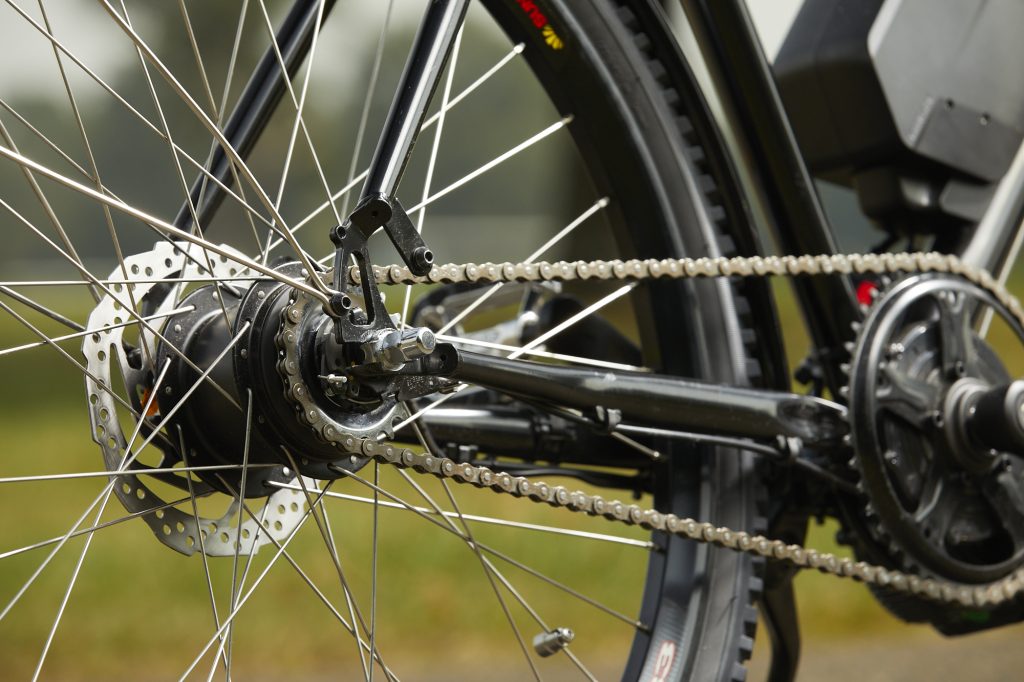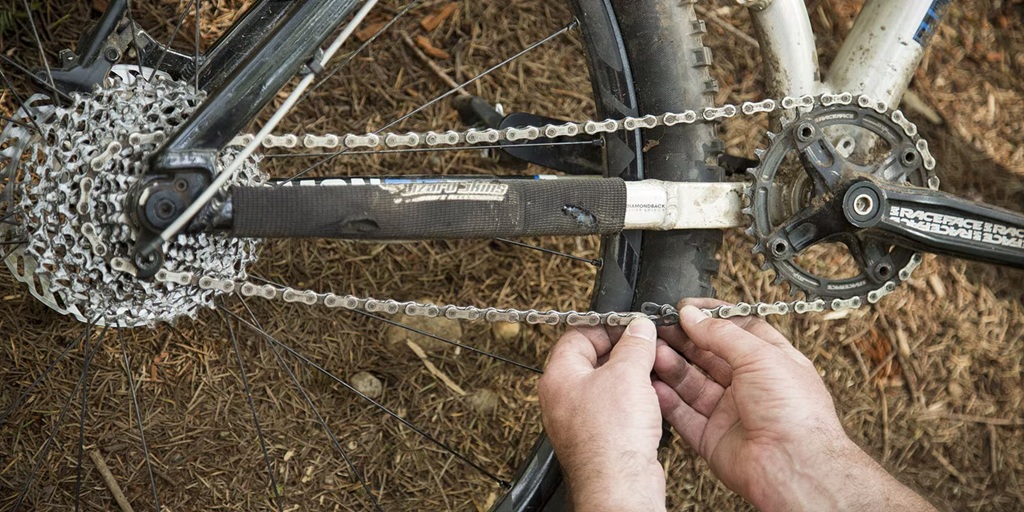A bike chain that keeps falling off is frustrating and unsafe. Whether you’re commuting, mountain biking, or cycling for leisure, an unreliable chain can ruin your ride. Fortunately, you can fix this issue with basic tools and simple troubleshooting.
If you’re riding a bike for sand riding or tackling rugged trails, a stable chain is crucial. In this guide, you’ll learn how to diagnose the problem, prevent future derailments, and maintain a smooth, secure ride.
Why Does a Bike Chain Keep Falling Off?
A bike chain can slip or fall off for multiple reasons, including misalignment, wear, or mechanical failures. Identifying the root cause helps in choosing the right fix.
Common Causes
- Loose Chain Tension – Slack chains derail easily.
- Worn-Out Chain or Cassette – Old chains stretch and lose grip.
- Misaligned Derailleur – If not adjusted properly, gears won’t shift correctly.
- Damaged Chainring or Cogs – Bent or worn teeth fail to grip the chain.
- Incorrect Gear Shifting – Sudden or improper shifts can throw the chain off.
How to Fix a Loose or Slipping Bike Chain
If your bike chain feels slack or falls off when you pedal, tightening the tension might solve the issue.
Steps to Tighten a Bike Chain
- For Single-Speed Bikes:
- Flip the bike upside down or mount it on a repair stand.
- Loosen the rear axle nuts using a wrench.
- Pull the rear wheel backward to increase chain tension.
- Ensure even tension on both sides to avoid misalignment.
- Tighten the axle nuts and test the chain movement.
- For Multi-Gear Bikes:
- Shift to the smallest chainring and smallest rear cog.
- Check if the chain has excessive slack.
- Adjust the derailleur’s B-tension screw to fine-tune the tension.
- If the chain is stretched, replace it to maintain proper fit.
How to Align the Derailleur for Better Chain Retention
A misaligned derailleur causes rough shifting and chain drops. Adjusting it properly ensures smooth operation.
Fixing a Misaligned Derailleur
- Shift to the lowest gear (largest rear cog).
- Inspect derailleur alignment with the cassette.
- Use a 5mm Allen wrench to adjust the limit screws:
- The H-screw controls the high gear limit.
- The L-screw controls the low gear limit.
- Fine-tune with the barrel adjuster to align the derailleur pulley with the cogs.
A properly aligned derailleur prevents the chain from slipping off when shifting gears.
Replacing a Worn-Out Bike Chain
An old or stretched chain won’t engage properly with the cogs, leading to frequent derailments.
How to Check for Chain Wear
- Use a chain wear gauge to measure stretch.
- If you don’t have a tool, try the “lift test”:
- Shift to the largest front chainring.
- Pull the chain away from the teeth.
- If it lifts more than halfway, it’s time to replace it.
How to Replace a Chain
- Shift to the smallest chainring and cog.
- Use a chain tool or quick-link pliers to remove the old chain.
- Match the new chain length by laying it next to the old one.
- Thread the new chain through the derailleur and cassette.
- Connect the chain using a quick link or chain pin.
- Test for smooth rotation before riding.
Fixing a Bent Chainring or Cassette
Damaged chainrings or cassettes make it difficult for the chain to stay in place.
Signs of a Bent Chainring or Cassette
- The chain skips over certain teeth.
- Visible warping or missing teeth.
- Clicking or grinding noises when pedaling.
How to Fix It
- Use a chainring tool or adjustable wrench to gently bend a slightly misaligned chainring back into place.
- For severe damage, replace the worn chainring or cassette.
- Ensure the replacement part matches your bike’s drivetrain system.
Related: Conquer Hills with Confidence: Bike Tuning Tips for Smooth Shifting
Preventing Future Chain Drops
Routine maintenance helps keep your bike running smoothly.
Essential Bike Chain Maintenance Tips
Clean & Lubricate – Use a degreaser to clean the chain and reapply chain lube to prevent rust and wear.
Inspect Chain Tension Regularly – Check for slack or wear every few weeks.
Shift Gears Smoothly – Avoid shifting under heavy loads to reduce stress on the chain.
Keep the Drivetrain Clean – Dirt buildup accelerates wear on the chain and gears.
Use a Chain Catcher – A simple device that prevents the chain from falling off the chainring.
FAQs
Why does my bike chain keep falling off when I shift gears?
A misaligned derailleur or worn cassette often causes chain drops during shifting. Adjust the derailleur limits and replace worn components.
Can I fix a loose bike chain without tools?
For single-speed bikes, you may tighten the rear wheel manually. However, multi-gear bikes require tools for proper derailleur adjustment.
How do I know if my bike chain is too loose?
If the chain sags significantly or falls off when backpedaling, it’s too loose and needs tension adjustment.
What lubricant should I use for my bike chain?
Use a dry lube for dusty conditions and a wet lube for rainy or muddy rides. Avoid using motor oil, as it attracts dirt.
Related: Bicycle Packing Tips for Long Rides: Ensuring a Smooth and Enjoyable Journey
How often should I replace my bike chain?
Chains last around 2,000-3,000 miles depending on riding conditions. Frequent riders should check chain wear every few months.
Conclusion
A bike chain that keeps falling off is a solvable issue with basic maintenance and adjustments. Whether it’s a loose chain, misaligned derailleur, or worn components, the right fix can keep your rides smooth and safe. Regular inspections and proper lubrication will prevent future derailments and extend the life of your bike.





